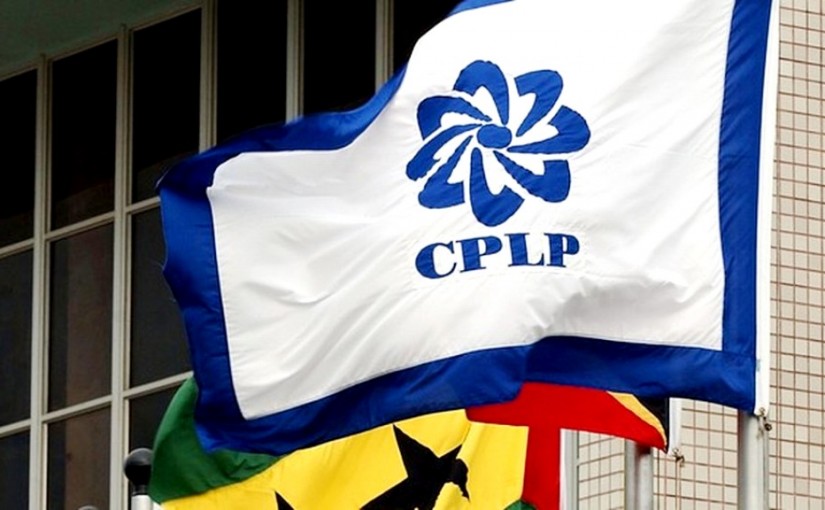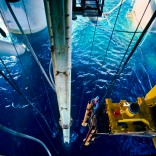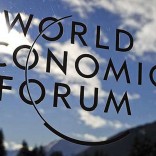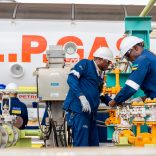Gas: The main ‘flag’ attracting investment at Mozambique-Indonesia Business Forum
If it were a country, CPLP would be 6th largest world economy, worth almost US$3 trillion

File photo
The nine economies of the CPLP countries are worth about three trillion dollars (2.7 trillion euros), even with Brazil and Equatorial Guinea in recession, and Mozambique and Angola experiencing strong slowdowns.
This month’s update of the International Monetary Fund’s ‘World Economic Outlook’ anticipates an economic recovery in Brazil in 2017 after two years of recession, with economic growth of around 0.5 percent.
“The Brazilian economy remains in recession, but activity seems to be close to leaving the bottom,” IMF analysts said of the world’s ninth largest economy.
Brazil, which hosts the 11th Summit of Heads of State and Government of the Community of Portuguese Language Countries (CPLP), is the largest Lusophone economy and is considered the ‘economic giant’ of the group. It is also a member of Mercosur, which brings together most South American countries.
For Portugal, the only European country in the Portuguese-speaking group, the IMF forecasts growth of 1 percent this year and a slight acceleration to 1.1 percent in 2017, below the government’s estimates of 1.2 percent this year and 1.5 percent next year.
For Angola, the largest oil producer in sub-Saharan Africa and the third-largest economy on the continent, the prospects are bleak, with stagnation this year turning into 1.5 percent growth in 2017.
“Like Nigeria and South Africa, Angola is adjusting to the sharp drop in revenue from oil exports. It will not grow this year and will have a weak growth next year,” the report released today in Washington reads.
The IMF paper on the world economy revises growth forecasts of the Angolan economy down sharply from May figures of 2.5 percent this year and to 2.7 percent next year.
The economic outlook in Mozambique is also less encouraging than in the recent past. IMF analysts expect a growth of 4.5 percent this year and 5.5 percent in 2017, down from May predictions of 6 percent in 2016 and 6.8 percent the following year.
Equatorial Guinea, the latest member of the CPLP, is sunk into a recession that could reach 10 percent this year and a further decline of 5.8 percent in 2017.
Other Portuguese-speaking countries have strong growth rates, but still insufficient for the structural challenges they face. Cape Verde is expected to grow 3.6 percent this year and 4 percent in 2017, while Sao Tome and Principe should register 4 percent and 5 percent in 2016 and 2017 respectively.
The figures are enviable when compared with European averages, but, on a recent visit to Portugal, the Sao Tome Prime Minister was categorical: “With growth lower than 7 percent, we cannot create jobs,” showing the difficulties this and other Portuguese-speaking countries in Africa face.
Guinea-Bissau, which is expected to grow 4.8 percent this year and 5 percent in 2017, and Timor-Leste, with growth rates of 5 to 5.5 percent in recent years, complete the IMF’s economic forecasts of the world’s Portuguese-speaking countries, whose economies, if combined, would be the sixth largest in the world, behind the United Kingdom but ahead of France.
Portugal, the only European country Portuguese-speaking country, has a GDP of US$198,900 billion, and is a member of the European Union, whose wealth is estimated at about EUR 16.5 trillion.
Angola, Africa’s largest Lusophone economy, has a GDP of around US$102 billion, but it operates within two broader regional areas: Southern Africa, whose combined GDP, with 15 members, totals almost US$650 billion, including Mozambique’s US$15 billion, and Central Africa, whose 10 members are worth almost US$250 billion.
The Economic Community of Central African States (ECCAS) includes Equatorial Guinea (GDP US$9.3 billion) and Sao Tome and Principe (US$337 million).
The Economic Community of West African States (ECOWAS) is worth US$675,000 billion, and includes Cape Verde, with a wealth of US$1.6 billion, and Guinea-Bissau, with US$1.05 million.
The Brazil, the economic giant of the Portuguese-speaking world, is worth US$1.7 trillion, and is a member of Mercosur, whose combined economic wealth amounts to almost US$3.5 trillion.
In Asia, Timor-Leste, with a GDP of US$1.4 billion, is a member of ASEAN, a community of 11 countries with a combined wealth of US$2.4 trillion.
Five more countries requiring associate observers status
The Brasilia summit is expected to approve the nomination of five countries with associate status: the Czech Republic, Slovakia, Hungary, Ivory Coast and Uruguay. Their application will be discussed by the heads of state and government of the nine member countries – Angola, Brazil, Cape Verde, Guinea Bissau, Equatorial Guinea, Mozambique, Portugal, Sao Tome and Principe and East Timor – on October 31 and November 1.
With the expected entry of the five new countries, the CPLP will have 11 associate observer states, exceeding the number of full members (nine) by two, and, according to the organisation’s executive secretary, Murade Murargy, requires a debate on what the role and participation of these countries in the community should be.
“This will create pressure on the community from associated countries who will wish to have a say too. We must reflect on what role they might play,” Murargy said in an interview with Lusa. “There has to be a beneficial relationship for both parties,” he argues.
Currently, Mauritius, Namibia, Senegal, Turkey, Japan and Georgia are CPLP associated observers countries. The CPLP is interested to see the Portuguese language being increasingly familiar in those countries, as a way of internationalising it.
“We also want to develop the economic and social sphere. We want to fit all this within a CPLP multilateral cooperation policy,” said Murargy.
This creates a “challenge of managing” associated observer status. Otherwise, Murargy warned, “they will be almost an observer organisation of the Portuguese language”.
From Murargy’s perspective, the eventual membership of CPLP territories such as Macau or Galicia, or Portuguese communities in Asia, will be more problematic.
“Not least because these territories are within other countries,” said Murargy, recalling however that China has used Macau Special Administrative Region status as a platform for cooperation with Portuguese-speaking countries via the Macau Forum.
The Executive Secretary reiterated that in future some of the associated observers are likely to become full members of the CPLP, like Equatorial Guinea, which was an observer and joined the organization two years ago.
Namibia and Uruguay are two of the examples Murargy mentioned, stressing that “the doors are open for everyone”.











Leave a Reply
Be the First to Comment!
You must be logged in to post a comment.
You must be logged in to post a comment.